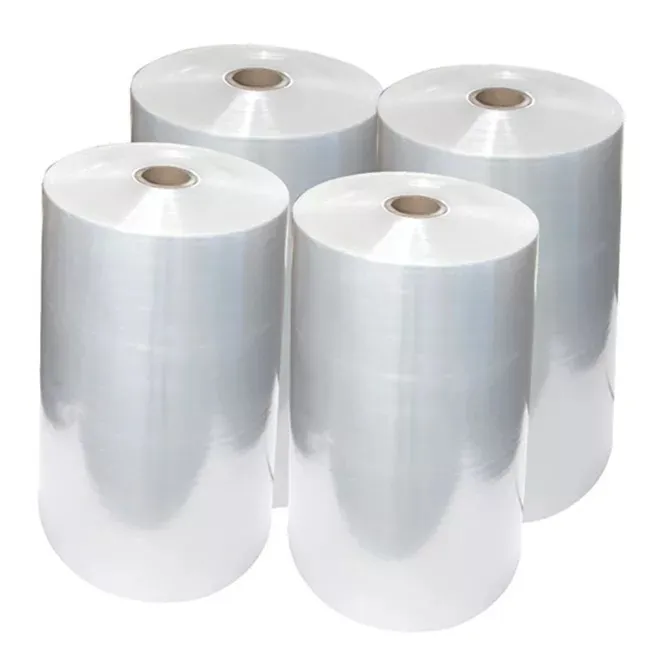eco friendly food container
Eco-Friendly Food Containers A Sustainable Choice for the Future
In recent years, the global movement towards sustainability has gained momentum, with individuals and industries alike striving to reduce their environmental footprints. One significant area of focus is food packaging, particularly food containers. With the overproduction of plastic and its detrimental impact on our planet, eco-friendly food containers have emerged as a vital solution in our quest for a greener future.
Understanding Eco-Friendly Food Containers
Eco-friendly food containers are made from sustainable materials that minimize environmental impact. These materials include biodegradable, compostable, recyclable, and reusable options. Unlike traditional plastic containers, which can take hundreds of years to decompose, eco-friendly alternatives break down much quicker and are less harmful to wildlife and ecosystems.
Materials Used in Eco-Friendly Food Containers
1. Bioplastics Made from renewable organic materials, such as cornstarch or sugarcane, bioplastics are designed to decompose at a much faster rate than conventional plastics. These materials provide a similar functionality to plastics but with a significantly reduced environmental impact.
2. Glass Glass food containers are an excellent sustainable option. They are durable, reusable, and recyclable, making them an ideal choice for those looking to reduce waste. Glass does not leach chemicals into food, ensuring safe storage.
3. Metal Stainless steel containers are highly durable and resistant to rust and corrosion. They can be reused for many years and are fully recyclable at the end of their life cycle.
4. Bamboo and Plant-Based Materials Bamboo is a fast-growing plant that can be harvested without damaging the ecosystem, making it ideal for crafting food containers. Other plant-based options, such as palm leaves, are also gaining popularity as biodegradable food packaging solutions.
The Benefits of Using Eco-Friendly Food Containers
1. Environmental Impact By choosing eco-friendly food containers, individuals can significantly reduce their plastic usage, leading to less waste in landfills and oceans. This shift helps protect marine life and promotes healthier ecosystems.
2. Healthier Choices Many eco-friendly materials do not contain harmful chemicals like BPA, phthalates, or other toxins often found in conventional plastics. This makes them safer options for food storage, reducing the risk of chemical contamination in our meals.
eco friendly food container

3. Promoting a Sustainable Economy Supporting companies that produce eco-friendly food containers encourages the growth of sustainable practices. Consumers drive demand, and as more people choose these products, businesses are incentivized to innovate and expand their eco-conscious offerings.
4. Versatility and Convenience Eco-friendly food containers come in various sizes and styles, making them suitable for different food storage needs, from meal prep and leftovers to on-the-go snacks. Many are designed to be microwave and dishwasher safe, adding to their convenience.
How to Incorporate Eco-Friendly Food Containers Into Your Life
Making the switch to eco-friendly food containers can be easy and rewarding. Here are some tips to get started
1. Assess Your Needs Consider the types of food you typically store. If you frequently pack lunches, look for containers with tight seals to avoid spills; if you're meal prepping, opt for stackable containers to save space in your fridge.
2. Start Small You don’t have to replace all your containers at once. Begin by substituting a few plastic containers with eco-friendly options. Gradually replace the rest as needed.
3. Educate Others Share the benefits of eco-friendly food containers with friends and family. Encourage them to join you in making more sustainable choices.
4. Support Sustainable Brands Look for companies committed to eco-friendly practices. Research their materials and production processes to ensure your choices align with your environmental values.
5. Get Creative Experiment with DIY food containers crafted from upcycled materials or use eco-friendly wraps, such as beeswax wraps, for food storage.
Conclusion
The shift towards eco-friendly food containers is not just a trend; it is a necessary step in reducing our environmental impact and promoting sustainability. By making conscious choices about how we store our food, we can contribute to a healthier planet. As the demand for these containers continues to grow, they become more accessible and affordable, allowing everyone to participate in this vital movement. Embracing eco-friendly food containers is an important stride towards a more sustainable future for ourselves and generations to come.













